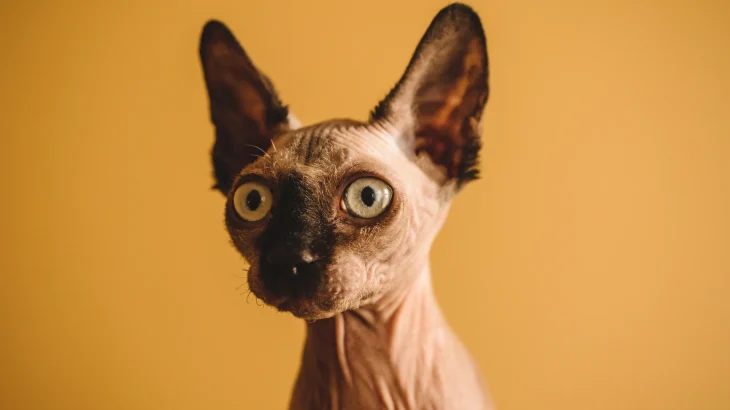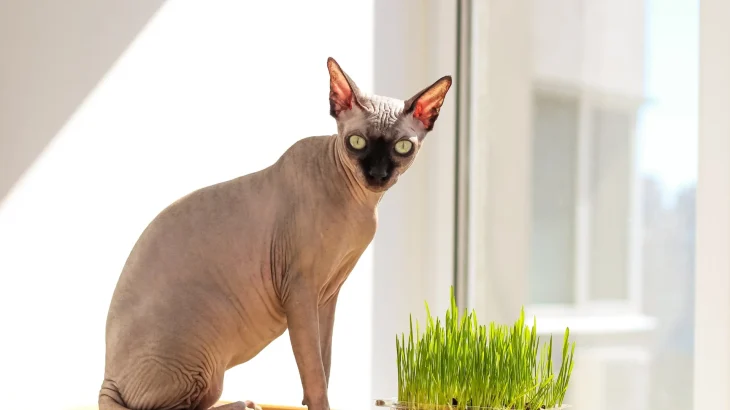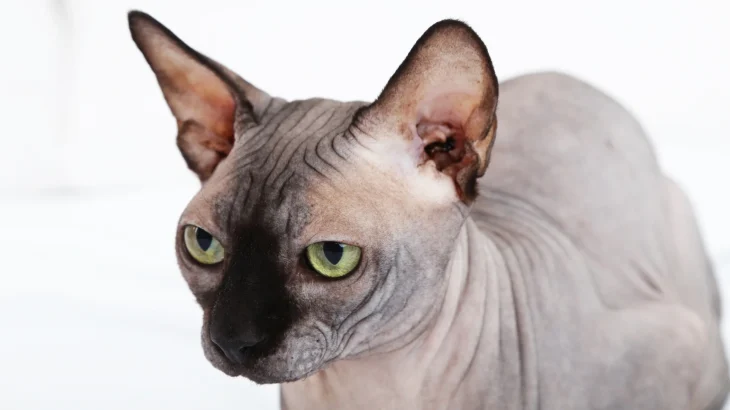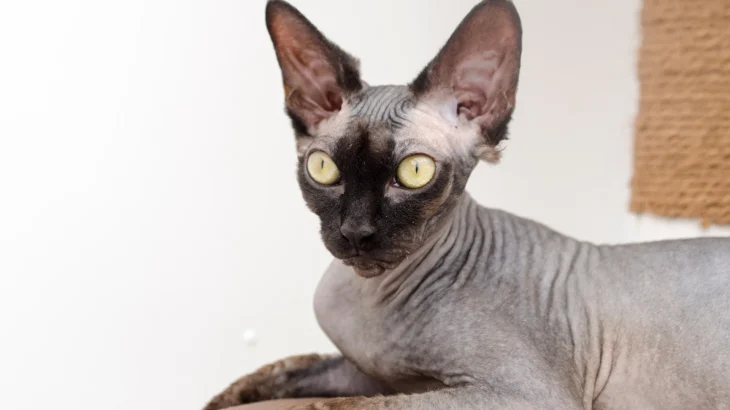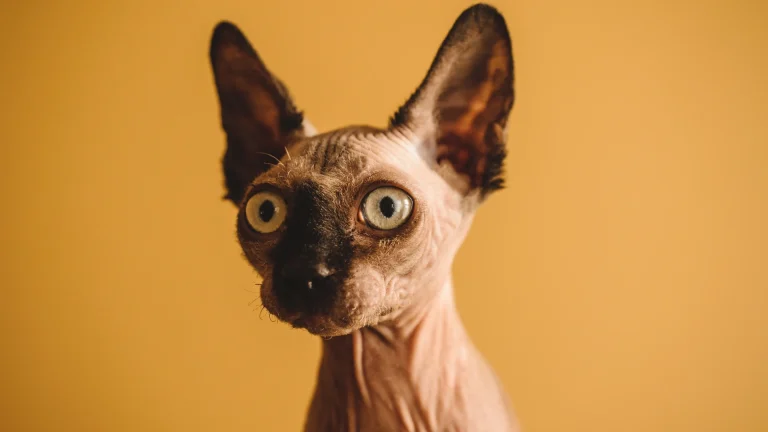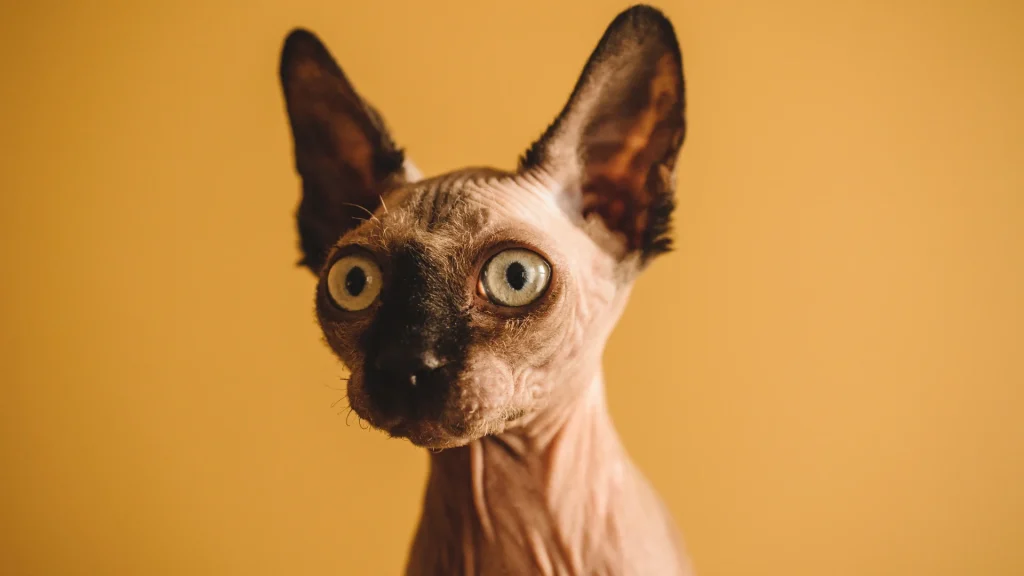Deciding whether to adopt or purchase a Minskin kitten depends mainly on your priorities regarding cost, health certainty, and support. Buying from a breeder often ensures detailed health and pedigree information, while adoption may offer a lower-cost option with less background detail, alongside the benefit of giving a home to a cat in need.
Adoption vs. Breeder: Pros & Cons
| Criteria | Buying from Breeder | Adopting from Shelter/Rescue |
|---|---|---|
| Cost | Typically higher, reflecting purebred status and breeder care. | Usually lower adoption fees, which may cover some medical care. |
| Health History | Comprehensive health guarantees and genetic screening offered. | Health history may be limited or unknown; basic checks done. |
| Age Availability | Primarily young kittens, allowing for early socialization. | Varied ages available, including adults needing homes. |
| Temperament Insight | Breeders can share information about lineage-specific traits. | Shelter staff share behavioral observations, but full history might be unclear. |
| Ethical Considerations | Supports responsible breeding when choosing reputable breeders. | Helps reduce shelter overcrowding and rescue cats in need. |
| Breed Purity & Pedigree | Guaranteed purebred status with pedigree documentation. | Often mixed or unknown lineage, less predictable traits. |

